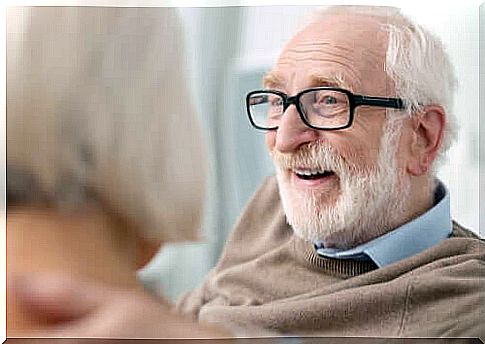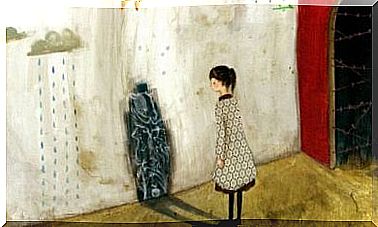Main Exercises For Cognitive Stimulation

Today we will highlight some important exercises for cognitive stimulation. The things we have learned about our brains in recent years are very valuable.
For example, to start with, we know that they are elastic and that we can change their structure. We also know that they have cognitive reserves that play a very important role when faced with the threat of neurodegenerative disorders.
First, let’s start by explaining the difference between stimulation, rehabilitation, and cognitive training.
The different types of cognitive therapy
- In the field of cognitive rehabilitation, we can include activities aimed at restoring damaged cognitive functions. This damage can be due to various causes. For example: trauma, mild cognitive impairment or even depression.
- Cognitive stimulation includes activities performed to delay cognitive impairment.
- Third, cognitive training is a set of activities aimed at optimizing or maintaining cognitive performance. It is a good way to prevent future cognitive decline and improve cognitive reserve.
These three ways of working on our cognitive functions are a kind of non-pharmacological intervention. It has been shown that with the application of these strategies, the person may be able to improve their abilities or, at the very least, slow down the decline.
According to Jara (2007), elderly people with cognitive impairment can benefit from these strategies, which could improve their quality of life.

Cognitive Stimulation
Today we are going to focus on cognitive stimulation. According to Villalba and Espert (2014), this treatment has many advantages. They emphasize that it causes no side effects and that there is no medication involved.
In addition, it creates a personal contact with the therapist and with other people. This produces positive results in the patient’s behavior and improves their cognitive skills.
It is also a type of activity that helps train established skills and teaches the patient how to best use the resources at his disposal. Finally, it is important to mention that cognitive stimulation is significantly cheaper than other treatments.
We are now going to talk about some simple exercises that you can do at home. They have been shown to produce very positive results.
Key Exercises for Cognitive Stimulation
There are many cognitive stimulation exercises. They range from classic activities to help us improve attention and memory, to brain training using new technologies.
Key Exercises for Memory-Related Cognitive Stimulation
- Images and photos. These elements allow us to work on our short term memory. First, we need to look at the image carefully and after that, after a few minutes, try to recall details about the photo.
- Another traditional game, where you have to match cards that are face down, can also help us work on our memory.
- Finally, we can improve our memory by using word lists that have been read by someone else. There are many ready-made lists available online, but we can also make our own if we want to.

Activities for your concentration
To work on our ability to concentrate at home, we can read aloud different types of texts. You can read these texts yourself or have someone else read them. After reading the text, ask specific questions about the content in order to train your concentration.
We can also work with images, just like with the memory activities. This time, however, we will focus on more specific details.
Activities to improve our computing power
We can work on this skill in many different ways.
- One of these ways is to try to put a list of previously given numbers in order from highest to lowest number or vice versa.
- You can also do some mental calculations. You should start with some simple sums and gradually increase the level.
- Another test is to start with a high number and then subtract a certain number from it each time. For example, start with the number 27 and then ask the person to subtract 3 from it each time.
Activities related to awareness and orientation
With consciousness or orientation you have to work on three different planes, namely time, space and one’s social circle. To improve general awareness – something that always worries us when a person starts to show signs of cognitive impairment – we can work with everyday questions such as:
- What day of the week, month, year it is?
- What is the current season?
- The different times of the day and what activities we do at those times (for example, we have breakfast in the morning).
- The date of birth and age of the person concerned.
- The place where they live (city, village, street).
- Their name and the names of their relatives.
Relate it to the person’s daily life
All this will all be much more effective the more it relates to the daily life of the person concerned.
It’s one thing to make a list of things like kings and other things, but it’s much better to practice with a shopping list, for example. There are many important cognitive stimulation exercises that we can perform with ordinary everyday things.
There are, of course, experts available to help us. We can read every book or article there is or look at all the experiments that have been done, but in the end they are better trained to help us.
These experts will be able to recommend how we can carry out the activities and set goals. They will help us choose the tools or objects that are most useful to us in our particular situation.
In addition, they also help us to motivate us to continue. Sometimes we only start to see results after months or even years.








